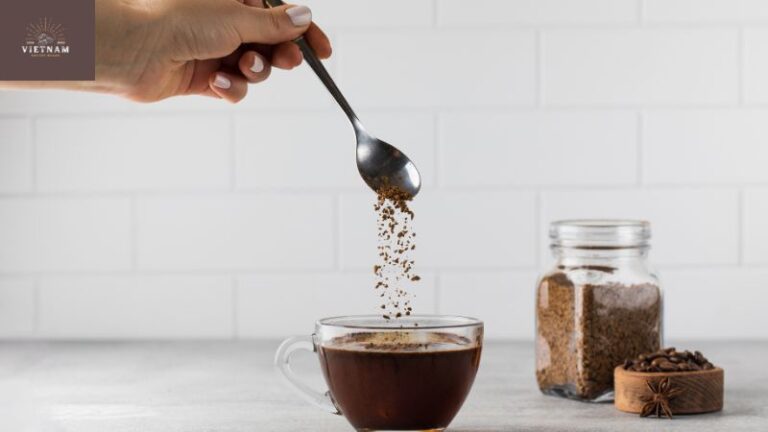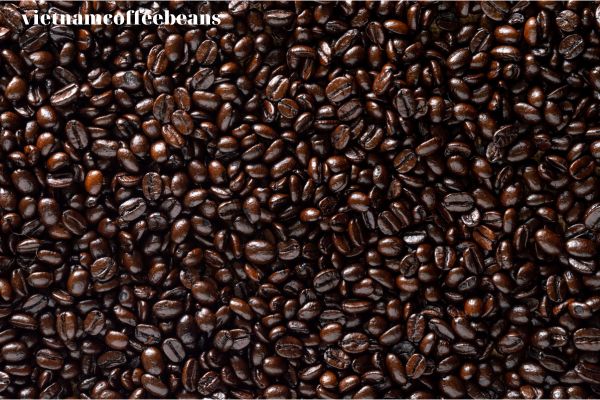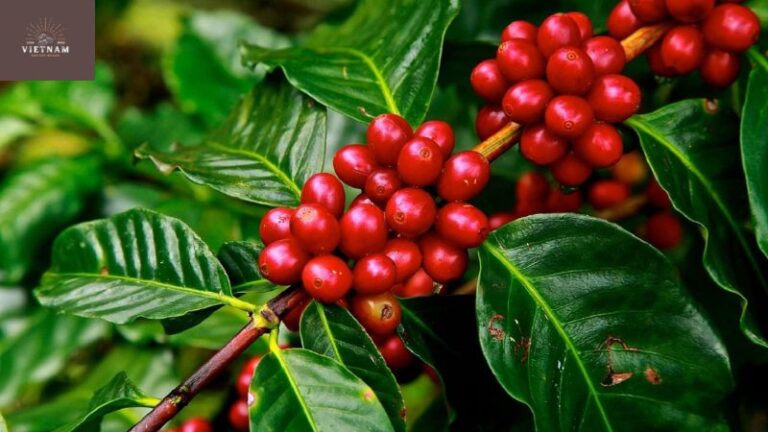As a coffee enthusiast, I have always been fascinated by the roasting process. It’s an art and science that requires precision, patience, and intuition.
Roasting is what brings out the flavors and aromas of the coffee beans, transforming them from raw green seeds to brown aromatic nuggets. But how do you know when the coffee beans are roasted to perfection? That’s where How to Calculating the Optimal Coffee Roasting Time comes into play.
In this article, I will explore the factors that affect roast time, how to determine the desired roast level based on your taste preferences, and tips for choosing the right roasting equipment. Whether you’re a home roaster or a professional barista, understanding these concepts will help you achieve consistent results and unlock new flavor profiles in your coffee.
So grab a cup of joe (preferably freshly roasted), sit back, and let’s dive into the world of calculating the optimal roast time.

Understanding the Coffee Roasting Process
By understanding the various stages that coffee beans go through during roasting, coffee enthusiasts can fine-tune their techniques and achieve a more nuanced flavor profile.

The roasting process involves several distinct stages, each of which contributes to the development of unique flavors and aromas in the final product.
The first stage is drying, during which moisture is removed from the beans and they begin to turn yellow.
The second stage is browning, during which chemical reactions occur that give the beans their characteristic brown color. This stage also marks the beginning of flavor development, as sugars are broken down into aromatic compounds that contribute to the overall taste profile of the coffee.
The third and final stage is called development or ‘roast level,’ during which additional chemical reactions occur that determine whether the roast will be light, medium, or dark. The longer beans are roasted, the darker and more bitter they become.
Overall, understanding these different stages of roasting can help coffee enthusiasts develop a more sophisticated palate when it comes to identifying different flavors in their brews.
By experimenting with different roasting times and temperatures, it’s possible to bring out subtle nuances in flavor that might otherwise go unnoticed.
Whether you’re a professional barista or just someone who enjoys a good cup of joe at home, taking some time to learn about these processes can help you appreciate coffee on a whole new level without having to leave your kitchen!
Factors that Affect to the optimal Coffee Roasting Time
You need to consider several factors that affect how long your beans will be in the heat to ensure a perfect cup of coffee.
One major factor is roasting temperature. This greatly influences the duration of the roast process and determines the final flavor profile of your coffee beans. High temperatures may result in a faster roast, but it also runs the risk of over-roasting and burning your beans.
Another crucial factor is moisture content. Moisture plays an essential role in determining how much heat is absorbed by your beans, which ultimately affects their roasting time.
Beans with high moisture content require more time to roast due to the extra water evaporating before actual roasting begins. On the other hand, low-moisture beans require less time for evaporation and quicker roasts.
Aside from these two critical factors, there are other variables such as bean density, altitude, and even humidity level that could significantly impact roasting time.
It’s essential to keep track of all these variables when calculating optimal roast times for your coffee beans because slight changes can make a big difference in flavor quality.
Determining the Desired Roast Level
To truly savor the perfect cup of coffee, it’s time to get personal and determine your desired roast level. Different roast levels produce different flavors and aromas, so it’s important to know what you prefer.
Lighter roasts tend to have a brighter acidity and more delicate flavors, while darker roasts offer a bolder taste with less acidity. Medium roasts sit in-between, offering a balance of flavor and acidity.
Another factor to consider when determining your desired roast level is the brewing method you plan to use. Certain methods may complement specific roast levels better than others.
For example, lighter roasts are often preferred for pour-over or drip coffee makers because they allow for greater clarity in flavor.
Meanwhile, darker roasts are commonly used for French press or espresso machines as they produce a fuller-bodied taste that can hold up against milk or other added ingredients.
In conclusion, determining your desired roast level is crucial in creating the perfect cup of coffee tailored to your individual preferences. Experimenting with different levels can help you discover new flavors and find your ideal taste profile.
From there, selecting the best brewing method based on your chosen roast will further enhance the overall experience of enjoying a delicious cup of coffee at home or at your favorite café.
Choosing the Right Roasting Equipment
Are you tired of settling for mediocre coffee? It’s time to step up your game and invest in the right roasting equipment that will elevate your at-home brewing experience.
There are a variety of roasting equipment options available on the market, but choosing the right one can make a significant difference in the outcome of your coffee. When considering which roasting equipment to purchase, it’s important to compare prices and features.
Some popular options include air roasters, drum roasters, and fluid bed roasters. Air roasters use hot air to roast beans evenly, while drum roasters rotate the beans in a heated chamber for an even roast. Fluid bed roasters use forced hot air to suspend beans during the roast process.
Each option has its own set of pros and cons, so it’s important to choose based on personal preference and budget.
In addition to comparing prices, consider factors such as batch size and ease of use when selecting equipment. If you plan on using your home coffee setup frequently or sharing with others, a larger batch size may be necessary. Ease of use is also an important factor; some machines require more manual labor than others.
Ultimately, investing in high-quality equipment can lead to better-tasting coffee and a more enjoyable at-home brewing experience.
Tips for Achieving a Perfect Roast
Want your home-roasted coffee to taste like a professional brew? Follow these simple tips for achieving the perfect roast every time.

The first step is to develop a roast profile that suits your preferred flavor. This means determining the right time and temperature to roast your beans, as well as how long to let them rest after roasting.
A good rule of thumb is to start with lighter roasts for fruity or floral notes, while darker roasts are better suited for chocolate or nutty flavors. Flavor development is key in achieving the perfect roast, so it’s important to pay close attention during the process.
As you heat up the beans, they will release moisture and oils which contribute to their unique flavor profile. By carefully monitoring this process through sight, sound and smell cues, you can adjust your timing accordingly and achieve the desired level of caramelization without burning or under-roasting.
Remember that each bean variety has its own optimal temperature range for roasting – experiment with different types until you find what works best for you.
Finally, don’t forget about resting time! After roasting, allow at least 12-24 hours before brewing so that the flavors have a chance to fully develop. This also helps reduce any residual gasses from escaping too quickly when grinding and brewing.
With these simple tips in mind, anyone can achieve a perfectly roasted coffee at home – just remember to be patient and enjoy the process!
Frequently Asked Questions
Conclusion
In conclusion, calculating the optimal roast time for coffee is a complex process that requires attention to detail and careful consideration of various factors. By understanding the roasting process and how it affects flavor, aroma, and other characteristics, you can determine the ideal roast level for your beans.
With the right equipment and techniques, you can achieve a perfect roast every time. Remember that there are no hard-and-fast rules when it comes to coffee roasting – experimentation is key. Keep track of your results and make adjustments as needed until you find the perfect balance of flavor, aroma, acidity, and body.
With patience and perseverance, you can become a master roaster and create delicious coffee blends that will delight your customers or guests.






